How to Fix WASD and Arrow Keys are Swaped?
The WASD and arrow keys being swapped is a common problem where the WASD keys work like arrow keys and vice versa, messing up gaming and typing. This usually happens by accidentally pressing a keyboard shortcut like “FN + W,” which many gaming keyboards like Redragon have.
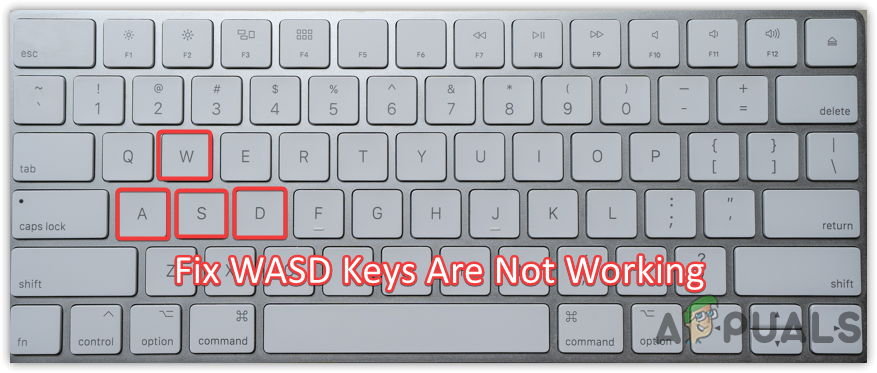
This remapping is often built into the keyboard, but software conflicts or driver issues can also cause the problem. Other causes include old keyboard drivers or malware, which might unexpectedly change keyboard settings.
In this article, we will discuss different ways to solve this problem.
1. Swap the Keyboard Keys Back
Before trying anything else, try using the “FN + W” keys to switch the keys back to normal. Many gaming keyboards, like Redragon, let users switch between the WASD and arrow keys. Doing this might fix any accidental changes by restoring the usual key setup. This can be helpful if keys get changed by mistake while gaming or using shortcuts.
2. Enable Touch Keyboard
Turning on the touch keyboard allows you to check if the WASD and arrow key issue is due to software or hardware. If the keys work correctly on the on-screen keyboard, the problem is likely with your physical keyboard or driver settings.
- Right-click on the taskbar and select Show Touch Keyboard Button.

Enabling Touch Keyboard On Windows - Click the keyboard icon that appears at the bottom right to use the touch keyboard.

Opening Touch Keyboard
If you are signed out of Windows
- Click the Ease Of Access icon at the bottom right.

Clicking Ease Of Access - Select On-Screen Keyboard.
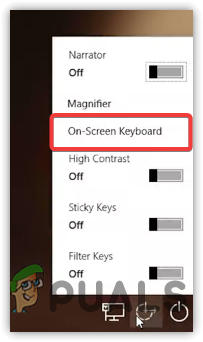
Enabling On-Screen Touch Keyboard From Sign-in Screen - Use the touch keyboard to sign in with your credentials.
3. Run Keyboard Troubleshooter
Running the Keyboard Troubleshooter is a useful step to address keyboard problems. It automatically finds and fixes common issues like wrong key mappings or driver errors by scanning your system. This tool works quietly to solve keyboard setting problems, often without needing you to do anything else.
- Click Start Menu and type Troubleshoot Settings.

Opening Troubleshoot Settings - Select Additional Troubleshooters.
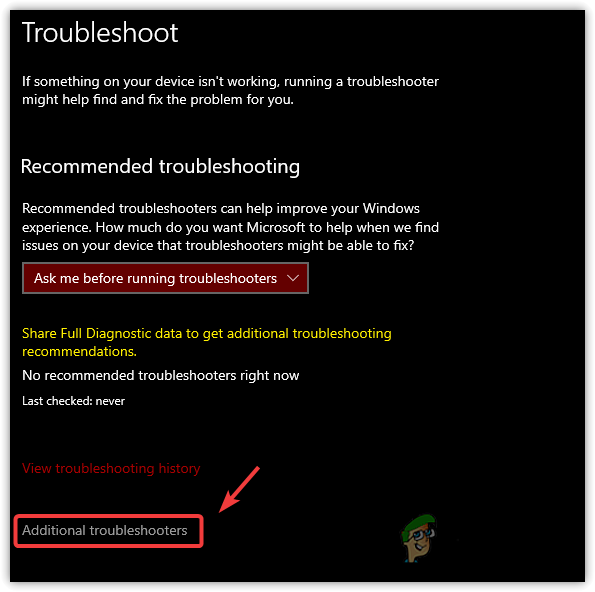
Clicking Additional Troubleshooters - Find the Keyboard Troubleshooter and click Run The Troubleshooter.
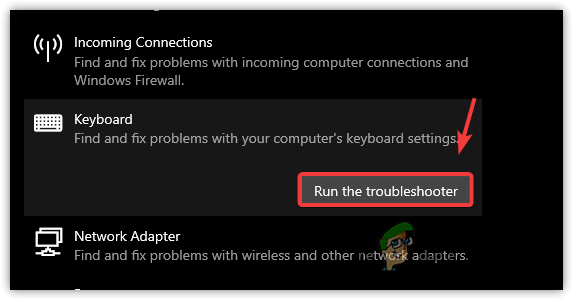
Running Keyboard Troubleshooter - The troubleshooter will automatically address any keyboard setting problems.
4. Update or Reinstall Keyboard Driver
Refreshing your keyboard driver helps your system correctly recognize keystrokes. An outdated or faulty driver might cause keys like WASD and arrow keys to swap. Updating or reinstalling the driver fixes communication between the hardware and software, solving issues from driver problems.
- Right-click the Start Menu.
- Select Device Manager.

Launching Device Manager - Expand the Keyboards menu.
- Right-click on your keyboard driver and choose Update Driver.
- Select Browse My Computer For Drivers.
- Click Let Me Pick From A List Of Available Drivers On My Computer.

Selecting Pick A Driver From A List Of Available Drivers - Select the Keyboard Driver and click Next to install.
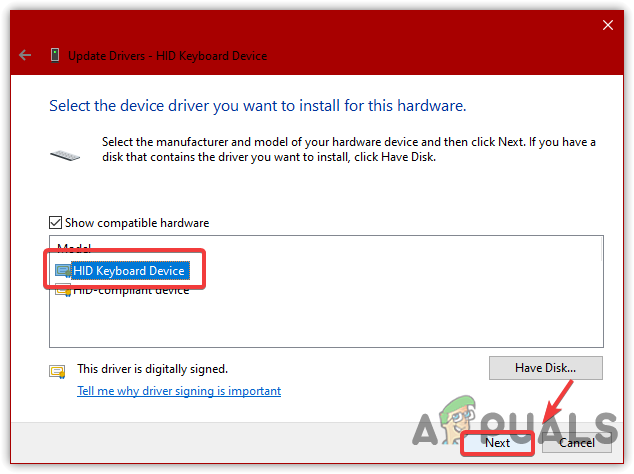
Installing A Compatible Keyboard Driver - If the problem persists, right-click on the keyboard driver and select Uninstall Device.
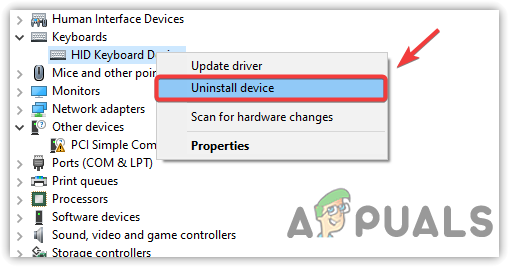
Uninstalling Keyboard Driver - Restart your computer and check if the issue is fixed.
5. Reset Your Keyboard
Sometimes, resetting your keyboard by changing the language settings can fix key-swapping issues like WASD and arrow keys switching. This forces the system to adjust its input settings, clearing any unwanted remapping or conflicts. By switching languages, you refresh the keyboard’s default setup, which can solve the problem.
- Right-click Start Menu and select Settings.
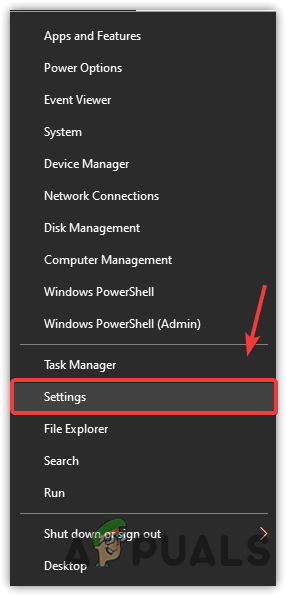
Opening Windows Settings - Go to Time & Language.
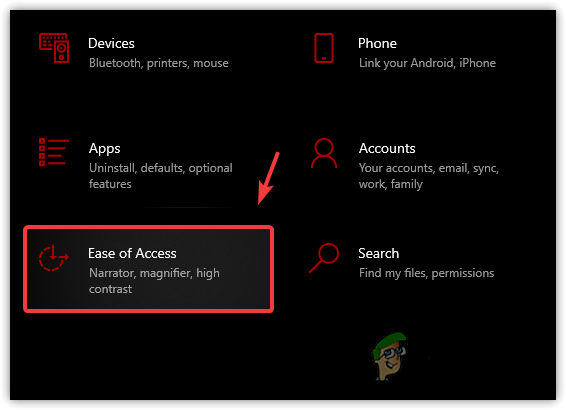
Navigating to Ease Of Access - Click Language on the left pane and change the Windows Display Language.
- If there’s only one language, click Add A Language.

Adding A New Language - Select a new language and click Next to install.
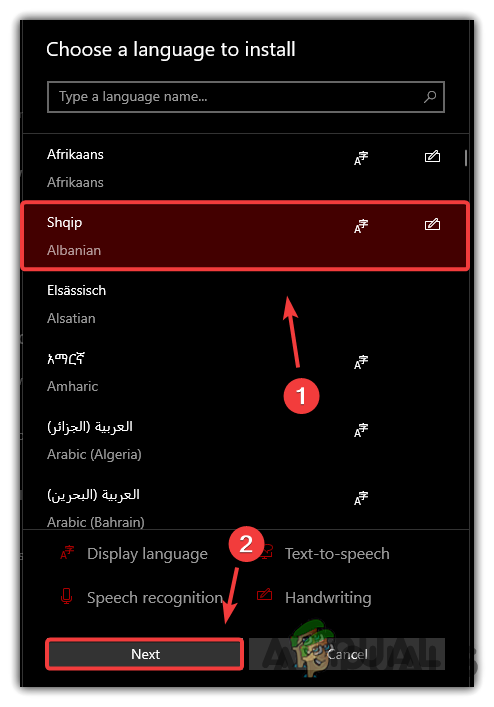
Installing A Language - Change the language and sign out to apply it.

Changing Language - Return to the language settings, revert to your preferred language.

Changing Default Language On Windows - Check if the issue is resolved.
6. Remap Your Keyboard Keys
This issue can be caused by a keyboard layout misconfiguration or a software glitch. Remapping your keys provides a direct fix. By manually setting each key’s function, you can correct the swapped behavior of the WASD and arrow keys. This ensures the correct layout is restored and overrides any system conflicts, such as driver issues or accidental key shortcuts.
- Click Start Menu and type Microsoft Store.
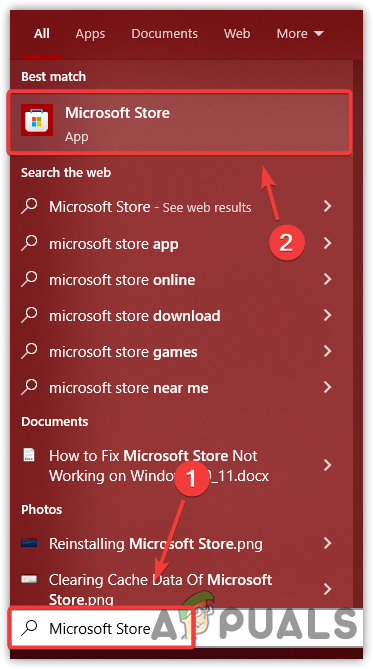
Opening Microsoft Store - Search for Microsoft PowerToys and click Install.

Installing Microsoft PowerToys - If PowerToys doesn’t open from the start menu, navigate to:
C:\Program Files\PowerToys

Launching PowerToys Application - Open PowerToys and select Keyboard Manager from the left pane.
- Click on Remap A Key.

Clicking On Remap A Key - Under Physical Key, select the key you want to use as a replacement.
- Under Mapped To, select the key that isn’t working.
- Repeat for other keys as needed.
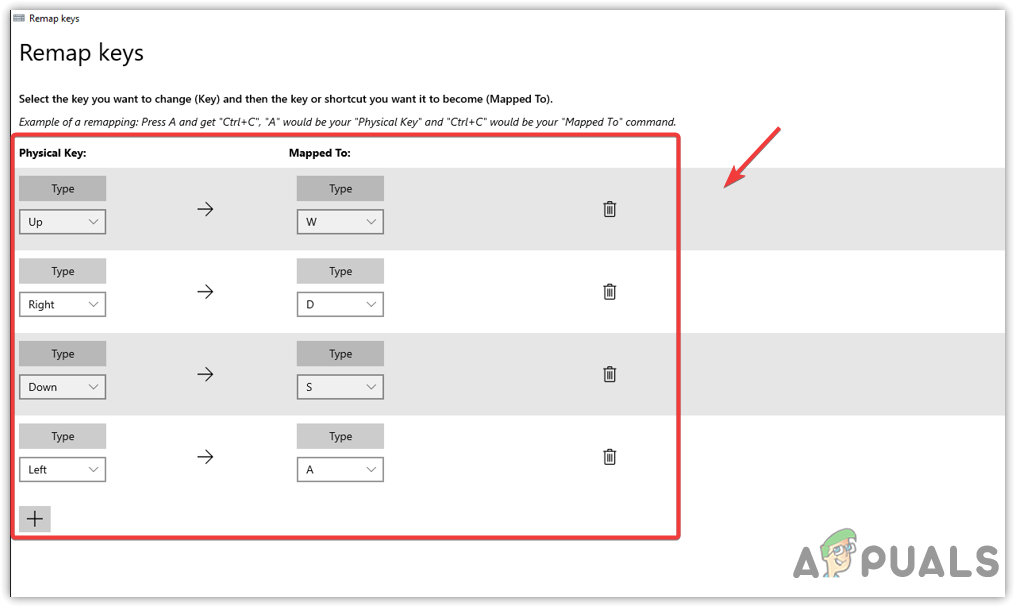
Remapping WASD keys - Now, pressing the selected keys under Physical Key will perform the functions of the WASD keys.





